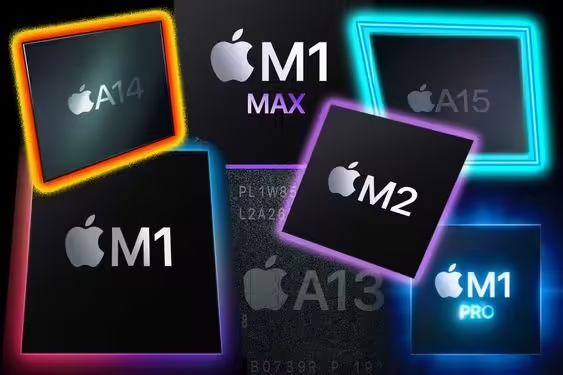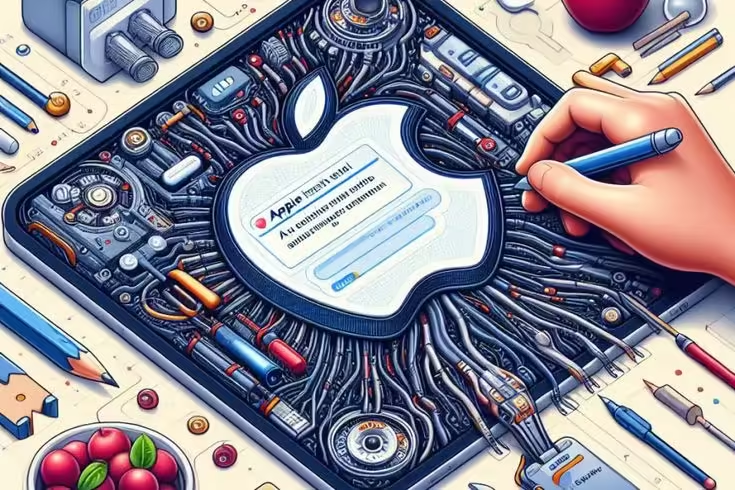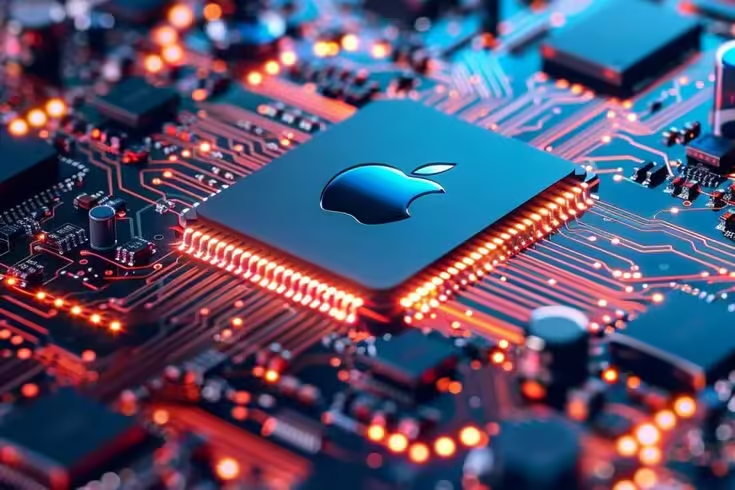Introduction
The tech world is buzzing with excitement as Apple’s Silicon chip continues to prove its mettle in performance and efficiency. But what happens when you want to run applications tailored for different architectures? Enter the emulator for Apple Silicon chip to run Firestorm—a powerful tool designed to bridge that gap. Whether you’re a developer seeking better debugging tools or simply a user eager to access your favorite software, emulators offer remarkable flexibility. In this post, we’ll explore how you can unlock the full potential of your new hardware while enjoying seamless compatibility with Firestorm. Get ready to discover tips, tricks, and insights that will elevate your experience!
Benefits of Using Emulator for Firestorm
Using an emulator for Apple Silicon chip to run Firestorm opens up a world of possibilities. It allows users to experience this powerful application without the need for extensive hardware modifications. This accessibility is a game-changer for many.
Performance-wise, emulators are often optimized specifically for Apple’s architecture. This means you can expect smoother graphics and faster loading times when navigating through Firestorm’s features.
Additionally, emulators provide flexibility in testing different configurations. Users can easily switch between various setups or versions of Firestorm without committing to permanent changes on their devices.
Another significant advantage is compatibility with other software tools. Running multiple applications simultaneously becomes easier, enhancing productivity and creativity within virtual environments.
Using an emulator not only broadens your toolkit but also enriches your experience while working with Firestorm on an Apple Silicon chip device.
Steps to Install and Use Emulator for Firestorm on Apple Silicon Chip

To install the emulator for Apple Silicon Chip to run Firestorm, start by downloading the appropriate version of the emulator from its official website. Ensure that you select a build optimized for ARM architecture.
Once downloaded, open the file and follow the prompts to begin installation. If prompted, grant necessary permissions for smooth operation.
After installation, launch the emulator and navigate to its settings. Here, allocate sufficient resources such as RAM and CPU cores based on your system capabilities. This step is crucial for optimal performance while running Firestorm.
Next, download Firestorm’s installer package compatible with your operating system. Drag it into the emulator’s interface or follow any specific instructions provided by the emulator.
Initiate Firestorm within the emulator environment and enjoy seamless access to all features designed specifically for virtual interaction in Second Life!
Troubleshooting Common Issues with Emulator for Firestorm on Apple Silicon Chip
Running into issues while using the emulator for Apple Silicon Chip to run Firestorm can be frustrating.
If you notice performance lag, check your system resources. Ensure that other applications are closed to free up memory and processing power. Another frequent issue is installation errors. Verify that you’re using the latest version of both the emulator and Firestorm. Compatibility between these two is crucial for smooth operation.
Network connectivity problems might hinder access to grid services in Firestorm. Make sure your internet connection is stable and consider resetting your router if needed.
If you encounter graphical glitches, try tweaking the graphics settings within the emulator or updating graphic drivers on your device for compatibility improvements.
Comparison with Other Emulators for Firestorm
When it comes to emulators for running Firestorm, several options exist beyond the emulator designed specifically for Apple Silicon Chip.
For instance, traditional x86 emulators often boast compatibility with a vast array of applications. However, they may not fully leverage the capabilities of Apple’s M1 or M2 chips. This can lead to performance lags.
On the other hand, ARM-based alternatives offer improved efficiency and speed on newer Mac devices. They are optimized for Apple’s architecture but might lack some features available in more established platforms.
User experience varies widely among these options as well. Some may provide smoother interfaces while others focus on extensive customization.
Choosing an emulator depends on your specific needs—whether it’s speed, compatibility, or user-friendliness that matters most to you when running Firestorm.
Tips and Tricks for Optimal Performance

For optimal performance using an emulator for Apple Silicon chip to run Firestorm, start by allocating enough RAM. This ensures the emulator has ample resources to function smoothly.
Next, adjust the graphic settings. Lowering these can significantly improve speed without sacrificing too much visual quality. Test different configurations until you find what works best for your setup.
Regularly update both the emulator and Firestorm itself. New updates often include performance enhancements and bug fixes that can make a noticeable difference. Closing unnecessary programs frees up valuable system resources.
Familiarize yourself with keyboard shortcuts specific to Firestorm within the emulator. These shortcuts enhance navigation efficiency and streamline your experience significantly.
Potential Future Developments and Upgrades
The landscape of emulators is constantly evolving. As technology advances, so do the capabilities of emulators designed for specific hardware like the Apple Silicon chip. Future developments may include enhanced compatibility with more software applications, including Firestorm.
Developers are likely to focus on optimizing performance further. This could mean faster load times and smoother operation without sacrificing quality. Improvements in graphics rendering might also be on the horizon.
Additionally, user-friendly interfaces can enhance accessibility for everyone from beginners to seasoned users. Features such as customizable settings will allow a more tailored experience when running Firestorm.
Community-driven updates might become prevalent too, allowing users to contribute their insights and suggestions directly into development cycles. This collaborative approach could lead to rapid advancements that benefit all emulator enthusiasts using Apple Silicon chips.
Conclusion
The emulator for the Apple Silicon chip to run Firestorm has opened new doors for users wanting to experience this popular application on a cutting-edge platform. Its unique capabilities allow for smooth operation and an enhanced user experience, making it an appealing option. By understanding its benefits and following the installation steps outlined above, you can effortlessly harness the power of this emulator.
As technology evolves, we can anticipate further developments that will enhance performance and compatibility even more. The landscape of emulation continues to grow, offering exciting possibilities not just for Firestorm users but also for those exploring various applications across different platforms. Embracing these advancements encourages creativity and innovation in how we use our devices today.
With optimal tips in mind, such as keeping your software updated and configuring settings appropriately, you’re well-equipped to make the most out of your emulation experience. Whether you’re a seasoned user or just starting with emulators on Apple Silicon chips, there’s much potential waiting at your fingertips.


